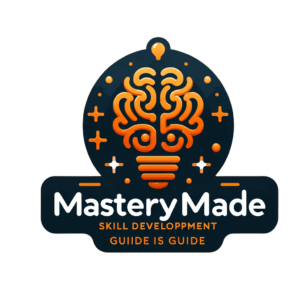===
In the bustling corridors of any business, effective communication serves as the lifeblood that maintains operations running smoothly. This article will explore the crucial elements of workplace communication, the strategies to enhance it and how it can be leveraged to achieve success.
1. The Power of Words: Unveiling the Secret to Success
A wise person once said, "The pen is mightier than the sword." In a work environment, the power of words should never be underestimated. It could be the difference between building a positive, productive relationship with colleagues or fostering a hostile, unproductive work atmosphere. The key is to use words that inspire, motivate, and encourage. But how can we wield this power effectively? First, clarity is paramount. Precise, straightforward communication eliminates guesswork and confusion. Second, positivity goes a long way. When conveying messages, strike a balance between honesty and positivity. Lastly, the right words at the right time can create a significant impact. Timeliness can amplify the power of your words, so seize the moment!
2. The Art of Listening: The Unsung Hero in the Communication Arena
Listening is an often overlooked but vital component of communication. It’s not merely about hearing words; effective listening involves understanding, processing, and responding. How can you master this art? Begin by maintaining eye contact, showing you’re fully engaged. Avoid distractions, whether it’s your buzzing phone or a distracting environment. Don’t interrupt, but wait for the speaker to finish. Reflect on the speaker’s words before responding, ensuring you’ve captured the essence of their message. Remember, authentic and effective communication starts with understanding others, and understanding begins with listening.
3. Body Language 101: Understanding the Unspoken Dialogue
Body language is the unspoken dialogue that reveals more than spoken words. It’s a combination of facial expressions, gestures, posture, and eye movements. Mastering this language will enhance your communication skills. Positive body language, such as maintaining eye contact, nodding your head when agreeing, or using open postures, promotes trust and understanding. Conversely, negative body language, such as crossing arms, avoiding eye contact, or looking away, can imply disagreement or discomfort. Paying attention to these subtle cues can help you modify your approach accordingly to foster more positive interactions.
4. Bridging the Gap: Cultivating Cultural Sensitivity in Communication
With workplaces becoming increasingly multicultural, understanding and respecting cultural differences in communication styles is essential. Cultural sensitivity starts with awareness. Be conscious of potential cultural biases and strive to overcome them. Next, take the time to learn about different cultures. Understanding someone’s background can provide context to their communication style, making interactions smoother. Moreover, be patient and open-minded. It’s natural for misunderstandings to occur when interacting with diverse cultures. Remember, the goal is to bridge the cultural gap and establish a harmonious work environment.
5. The Email Etiquette: Mastering the Art of Written Communication
Workplace communication isn’t limited to verbal interactions. Written communication, particularly emails, is also a substantial part of office life. Email etiquette is thus crucial for maintaining professionalism and respectful communication. Keep your emails concise and clear, eliminating unnecessary jargon or complex language. Use a professional tone, and always proofread before sending, to avoid typos or grammatical errors. Remember to use respectful greetings and sign-offs, and respond promptly to emails. Lastly, be mindful of the recipient, ensuring the content is appropriate and relevant.
6. Feedback Finesse: Turning Constructive Criticism into a Powerful Tool
Feedback, when delivered correctly, can be a powerful tool for professional growth and improvement. A constructive critique can help identify areas for development, fostering a continuous learning environment. However, giving and receiving feedback is an art. Always ensure the feedback is specific, constructive, and focused on the task, not the person. When receiving feedback, view it as an opportunity for growth, not an attack on your abilities. Remember, the goal of feedback is to foster improvement, not to criticize or belittle.
===
Effective communication is the cornerstone of a successful workplace. It fosters strong relationships, enhances productivity, and drives business success. By mastering the art of verbal and nonverbal communication, cultivating cultural sensitivity, and employing effective feedback techniques, we can transform our workplace into a harmonious, productive environment. Let’s harness the power of effective communication to propel our businesses to new heights.











